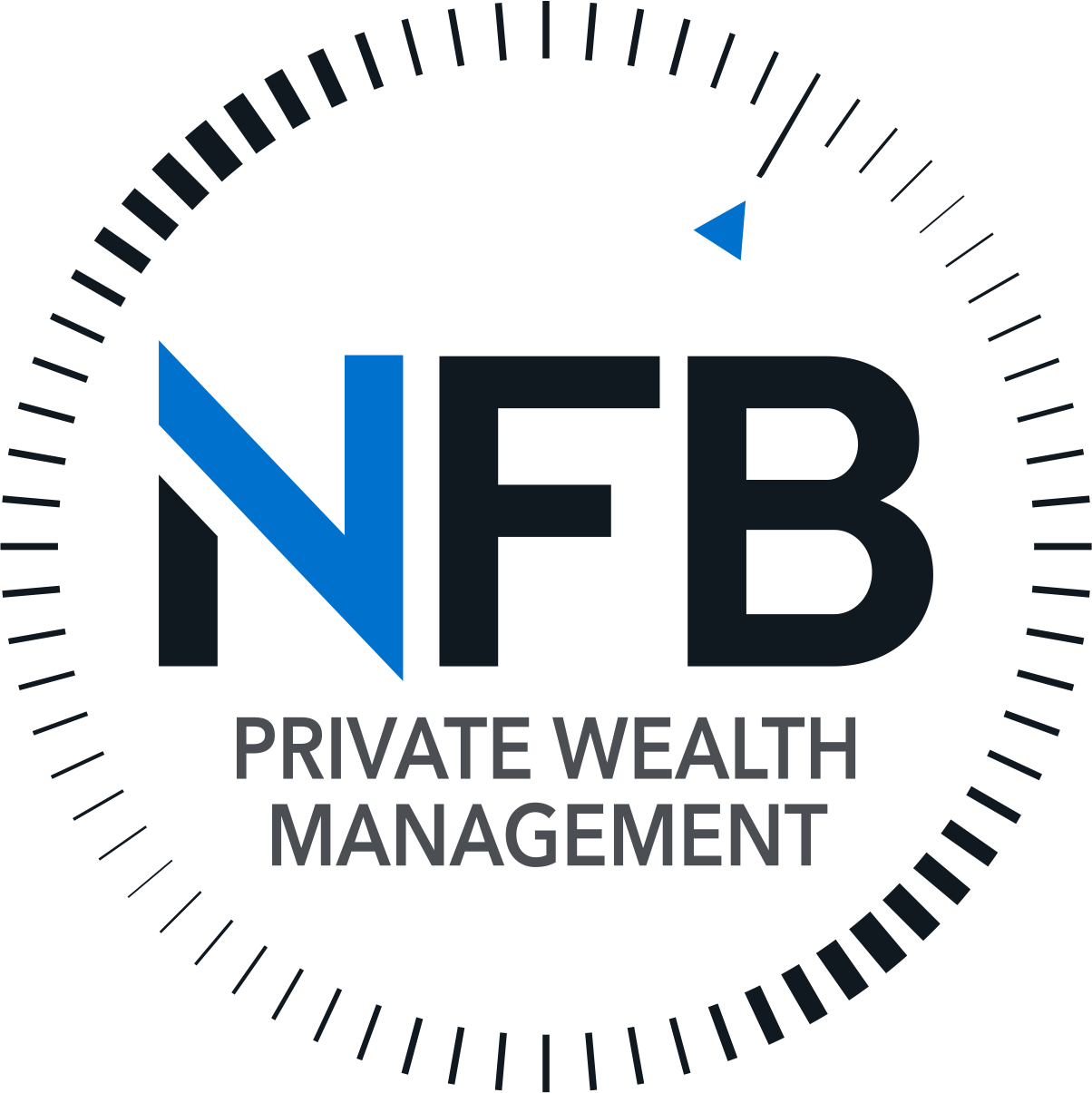I have had to take early retirement: What are my options?
Should my focus be on investing my disposable income in retirement products that reduces my tax profile, or invest in growth assets to get back the capital forgone if I had still been working till age 65, and then draw an income from there?


I am 58 years and would like to get some advice. Due to Covid and work related issues I was forced to go on early retirement in August last year. I am getting R324k (3% withdrawal) per year after tax from pension and also R270k rental income of which R113k is taxable (after married in community and other deductions). My expenses are R384k per year and I have no car or house debt. I am currently just saving the after expenses into a savings account and tax free savings and not contributing to any other retirement or savings tool. I currently have about R200k in my savings account.
I want to leave some in the savings account for emergencies but invest the rest plus future savings. (Also keeping in mind, the 30k per annum tax interest threshold for tax purposes)
My questions are:
- To restrict the damage to tax on the rental income should I invest in a retirement annuity?
- Where do you suggest I invest the rest of the savings, I have looked at some of the previous articles about offshore RA’s and also looked at some other opportunities like Nedbank’s 60-month fixed deposit for people older than 55 which offers more than 10% interest or even other options like the Coronation top 20 fund which has an average growth of about 14% over the last 9 years after fees for example.
- Since my financial situation have also improved slightly over the last 3 months as I managed to get a job again (without pension benefits) and now earn a salary and will be able to save a further 50k per month for at least a year plus. So, what to do with that?
- As far as I know cannot stop the pension but can reduce the withdrawal rate to 2.5% for at least the period that I am employed again.
Please note that the information provided below does not constitute financial advice; in fact, we are precluded from giving specific advice. Generic information has been provided given the context of your question. We have limited details about you and your circumstances, and such detail may impact any advice provided.
Being forced into early retirement can be rather daunting. Most of us set out with a plan when we start working whereby, we save what we can in the hope that when we chose to retire, we will be able to do so comfortably. However, as in your case and many others over the past two years, circumstances change and leave you seven years short of your normal retirement age having to restructure your entire retirement plan.
Before we discuss the various options, which are available to you, it is important to understand the effect that early retirement has on a person’s portfolio. To illustrate the impact of early retirement, the table below compares the compounding affect of retiring at different ages with the same investment assumptions. If you managed to put away R1,500 per month in an investment yielding 9% per annum from age 25 till you retire at either age 55, 60 and 65 you will have the following amounts upon retirement:
| Investor | Selected retirement age | Value at retirement |
|---|---|---|
| Investor A | 55 | R2 014 987 |
| Investor C | 60 | R3 230 252 |
| Investor C | 65 | R5 132 968 |
Based on the above, by delaying retirement by 10 years from age 55 to 65 you have an additional R3,117,981 to retire from. Unfortunately, given your circumstances you have missed out on those vital last few years of compound growth and therefore need to rethink your retirement strategy.
Where to from here?
What options do you have with the funds available to you? Below I have broken down three tools that can be used to assist you with the journey ahead.
Retirement Annuity
Retirement annuities are the basis for most when it comes to saving for retirement as you only have access to the funds at age 55. However, they are just as important after you have retired. There are three main benefits when you contribute to a retirement annuity:
- Help you pay less tax. The more you save the less tax you pay.
- Your returns are tax free.
- You can reinvest your refund from SARS back into your retirement annuity, thereby increasing your total refund every year.
Funds within a retirement annuity need to comply with regulation 28, which limits the amount of exposure to specific asset classes. For example, you can only have a maximum of 30% invested in offshore assets.
Living Annuity
A living annuity is a great way to reinvest your retirement savings, whether it be from a pension fund, provident fund, preservation fund or retirement annuity. The living annuity provides you with an income and gives you the flexibility to structure the underlying assets to suite your retirement objectives and does not need to comply with regulation 28. In order to make the income last your retirement years you need to consider what the maximum amount you are able to draw without eroding capital.
Unit Trusts
A Unit trust is a great tool when trying to build a diversified portfolio as they are able to cover a variety of asset classes both locally and offshore, such asset classes include equities, bonds, cash, and property. This is a flexible investment product with ample liquidity should you need it. Your choice of funds will depend on your personal circumstances, investment horizon and risk profile.
The key when setting up a portfolio is to select a diversified blend of funds & managers that provide active management of asset classes, meaning fund managers can change the weighting in specific asset classes when needed.
Bringing it all home
Don’t put all your eggs in one basket! A great way to navigate early retirement would be to have a combination of the above mentioned investment tools along with an emergency fund. Having the opportunity to work again will definitely take off some of the pressure you may be facing if you are able to allocate your earning accordingly. Ideally, you would allocate a portion of your new earning to a retirement annuity and a unit trust. By allocating your funds toward a retirement annuity, you are able to bring down your tax profile and get the benefit of further savings. The unit trust can be structured with underlying funds targeting long term capital growth as you build up your asset base once again. If income is not an issue, then reducing your living annuity income or pension fund income to the minimum of 2.50% would be beneficial as lets the portfolio focus purely on growth.
As an investor heading into the next chapter of your life, building a well-structured investment portfolio that provides diversification across different asset classes and having a well thought out retirement plan, that is in line with your financial needs will make all the difference when navigating the uncertainty of the future.
 |
This reader question was published on Moneyweb. |













